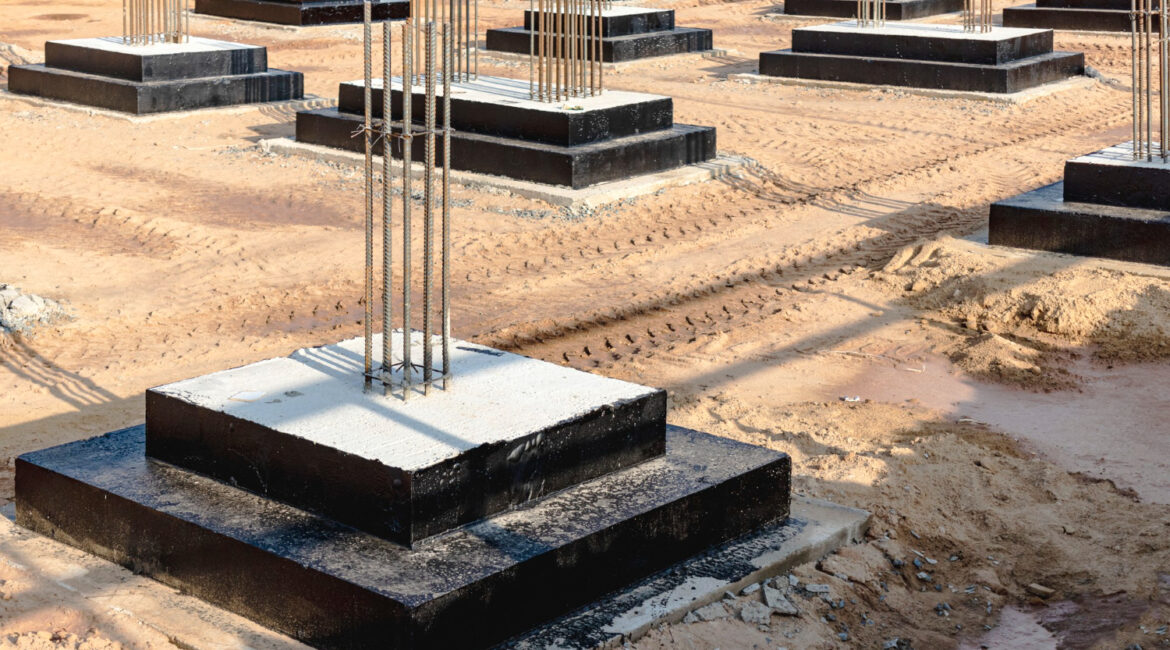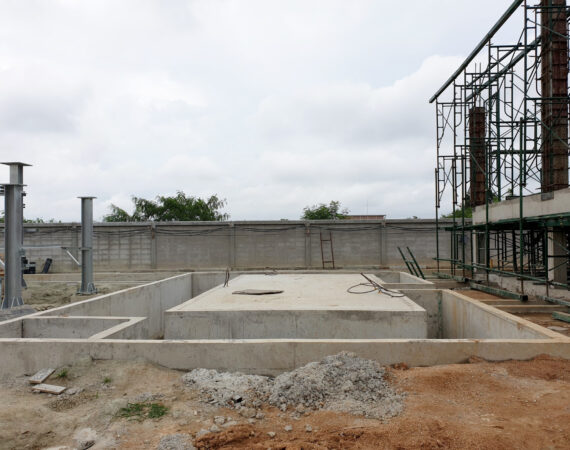
A Comprehensive Guide to Different Building Foundations
The foundation of any structure is a critical element that determines its stability, longevity, and resistance to various environmental forces. Builders and architects carefully select the type of foundation based on the soil conditions, the type of structure, and the local climate. In this article, we will explore the various building foundations commonly used in construction.
Shallow Foundations:
Shallow foundations are typically used when the soil near the surface has sufficient bearing capacity to support the structure. The depth of these foundations is usually less than the width. There are several types of shallow foundations:
a. Spread Footings:
- Spread footings distribute the load of the structure over a larger area of the soil.
- Common types include isolated footings and combined footings.
b. Mat Foundations:
- Also known as raft foundations, mat foundations spread the load over the entire area beneath the structure.
- Suitable for buildings with heavy loads or on weak soils.
Deep Foundations:
Deep foundations are employed when the soil near the surface is unable to support the structure’s load. These foundations transfer the load to deeper, more competent soil layers. Common types include:
a. Pile Foundations:
- Pile foundations consist of long, slender columns driven deep into the ground.
- Types of piles include end-bearing piles, friction piles, and tension piles.
b. Caisson Foundations:
- Caissons are large-diameter, watertight structures that are either floated to the construction site or sunk into place.
- Used in areas with a high water table or in marine construction.
c. Drilled Pier Foundations:
- Drilled piers are deep, cylindrical holes filled with concrete that provide support for structures.
- Suitable for areas with unstable soil conditions.

Special Foundations:
Special foundations are designed to address specific challenges posed by soil conditions, environmental factors, or the nature of the structure. Some examples include:
a. Screw Pile Foundations:
- Screw piles are helical steel piles screwed into the ground, ideal for areas with poor soil quality.
- Quick to install and environmentally friendly.
b. Floating Foundations:
- Commonly used in water-based construction, floating foundations allow structures to move with changing water levels.
- Ideal for bridges, docks, and offshore platforms.
c. Earthbag Foundations:
- Earthbags are filled with soil and stacked to create a foundation.
- An eco-friendly option suitable for certain low-rise structures.
Choosing the right foundation is crucial in ensuring the structural integrity and stability of a building. Factors such as soil conditions, building type, and local climate play pivotal roles in determining the most suitable foundation. By understanding the various types of foundations available, builders and architects can make informed decisions to create structures that stand the test of time.

